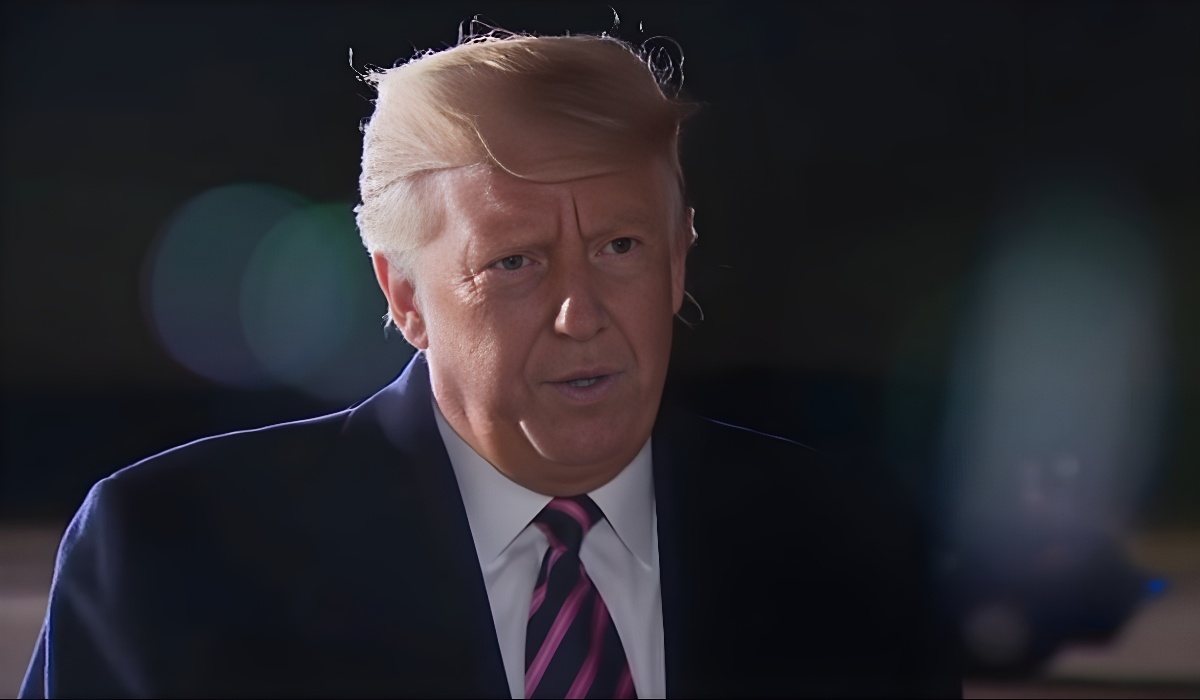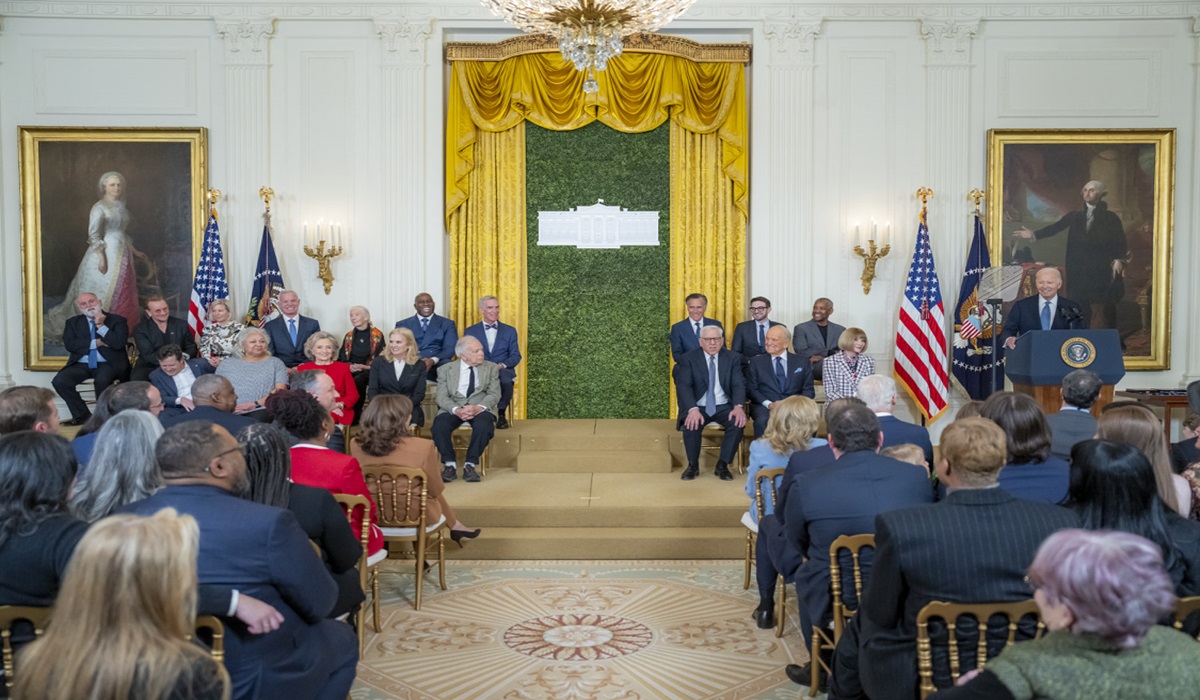Trump’s New Punitive Tariffs: How Will Canada, Mexico, and China Respond?
- TDS News
- U.S.A
- November 26, 2024

Incoming U.S. President Donald Trump sparked controversy with a recent post on his Truth Social platform, announcing plans to use executive authority on his first day in office to impose up to a 25% increase on import tariffs for goods entering the United States from Canada, Mexico, and China. Trump justified the measure by citing illegal immigration and the trafficking of drugs such as fentanyl as primary concerns. However, critics argue that the proposal could unravel key trade relationships and harm the American economy, all while failing to address the underlying issues he claims to target.
The U.S., Canada, and Mexico are bound by the United States-Mexico-Canada Agreement (USMCA), a trade deal that replaced NAFTA to streamline commerce across North America. The prospect of increasing import duties on Canadian and Mexican goods would violate the spirit of the agreement and revive memories of trade tensions during Trump’s previous term, when similar measures on aluminum and timber led to widespread disruptions.
While Trump has framed the additional import costs as a punitive measure against Canada and Mexico for failing to curb the flow of illegal immigrants and drugs, this narrative is at odds with data. The U.S. Drug Enforcement Administration (DEA) has reported that much of the refined fentanyl entering the U.S. is now originating from India, with Mexican cartels acting as middlemen. Experts also point out that demand within the United States drives the drug trade, making it a domestic crisis as much as an international one.
Trump’s plan also includes targeting Chinese imports, which he has accused of undermining U.S. industry and contributing to the fentanyl epidemic. Yet China, having prepared for a possible return to Trump’s leadership, is in a stronger position to respond than it was during his first term. With it being a key member of the BRICS bloc and the success of its Belt and Road Initiative, China now enjoys robust trade ties with over 100 countries, reducing its reliance on the U.S. market. Any retaliatory measures by China are likely to hit American farmers and manufacturers particularly hard, especially as Beijing continues to prioritize domestic alternatives to U.S. goods, such as semiconductors.
The implications for Canada and Mexico, however, are more immediate. Both economies are heavily intertwined with the United States, which remains their largest trading partner. Mexico’s newly elected president Sheinbaum has said to show a more cooperative stance toward U.S. policies, avoiding confrontation even when economic pressures mount. Meanwhile, Canadian Prime Minister Justin Trudeau, who had a famously rocky relationship with Trump, faces mounting domestic criticism for his perceived inability to assert Canada’s independence from its southern neighbor. Critics within Canada accuse Trudeau of treating the country like a de facto 51st U.S. state, undermining its sovereignty.
The potential fallout of higher import costs could be profound. Canadian and Mexican goods, ranging from agricultural products to industrial materials, would become less competitive in the U.S. market. This would not only harm businesses in those countries but also increase costs for American consumers. For smaller U.S. businesses that rely on affordable imports, these higher costs could mean the difference between survival and closure.
Despite Trump’s insistence that these measures will boost domestic manufacturing, economists argue that U.S. companies cannot compete with the lower labor costs and established supply chains of foreign competitors. Rising production costs domestically, coupled with unionized labor, make it unlikely that the U.S. could fully replace lost imports with homegrown alternatives.
The proposed tax hikes also risk accelerating the shift away from the U.S. dollar as the world’s reserve currency. Many countries, including those in the BRICS bloc, have started conducting trade in their own currencies or exploring digital currencies to reduce dependence on the dollar. By alienating key trading partners, Trump’s policy may inadvertently push more nations toward alternative financial systems, further weakening U.S. economic influence.
Trump’s decision to link immigration and drug trafficking to economic policy has drawn sharp criticism from policy experts. They argue that complex issues like the opioid epidemic require comprehensive solutions, not punitive trade measures. The U.S.’s own history of covert involvement in Latin America’s drug trade further complicates the narrative, as agencies like the CIA have been accused of turning a blind eye to, or even facilitating, certain drug flows to achieve broader strategic goals.
China, in particular, has been a focal point of Trump’s economic rhetoric. During his first term, import duties on Chinese goods were imposed with the stated goal of leveling the playing field for U.S. businesses. However, those measures often backfired, prompting China to invest in its domestic industries and forge stronger trade relationships with other nations. Today, China is poised to dominate critical sectors like semiconductors, having successfully developed alternatives to U.S. exports.
The proposed increase in import costs on Canadian and Mexican goods also threatens to reignite tensions within the USMCA framework. Both countries rely heavily on their trade relationships with the U.S. and have limited options for retaliation, given their economies’ comparative size. However, experts warn that constant economic pressure could push these nations to seek diversification in their trade partnerships, diminishing U.S. influence in the long term.
The broader implications for American consumers and businesses cannot be ignored. Higher costs on imported goods would likely lead to price increases across a range of sectors, from food to electronics. This burden would be felt most acutely by lower- and middle-income households, exacerbating economic inequality. Additionally, U.S. exporters could face retaliatory measures, further straining industries like agriculture and manufacturing that rely heavily on international markets.
While Trump portrays his economic strategy as a means of restoring American greatness, the reality is more nuanced. Protectionist policies often provide short-term relief for certain industries but create long-term challenges for the broader economy. As the global economic landscape shifts, with emerging powers like China and India playing increasingly prominent roles, the U.S. risks isolating itself through aggressive trade policies that alienate allies and embolden rivals.
This latest proposal underscores the tension between Trump’s vision of economic nationalism and the realities of an interconnected global economy. It remains to be seen whether his administration can navigate these challenges without inflicting significant harm on both the domestic and global markets. The stakes are high, and the world will be watching closely to see how these policies unfold.








